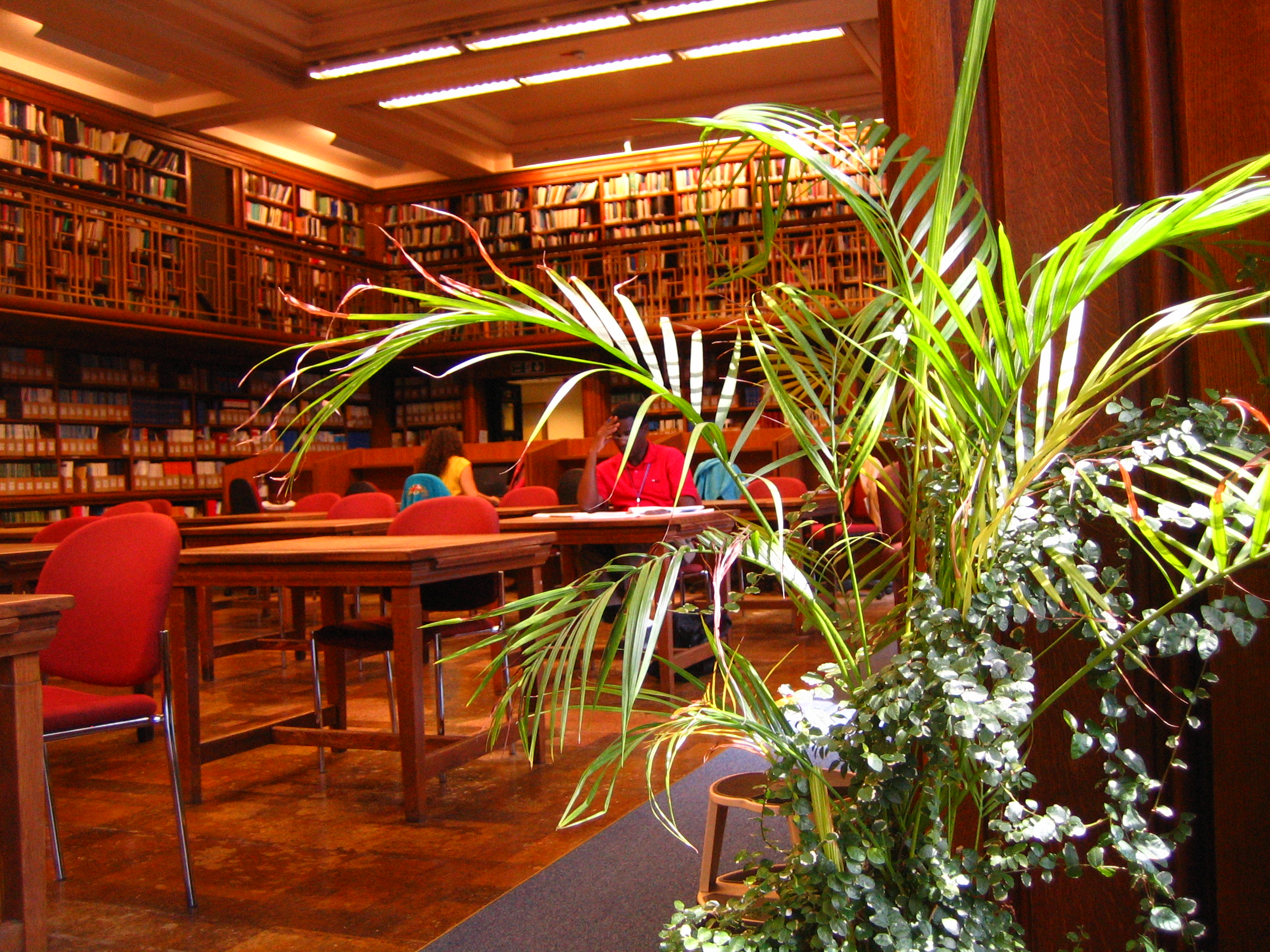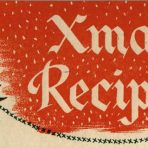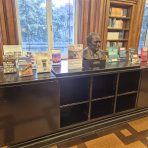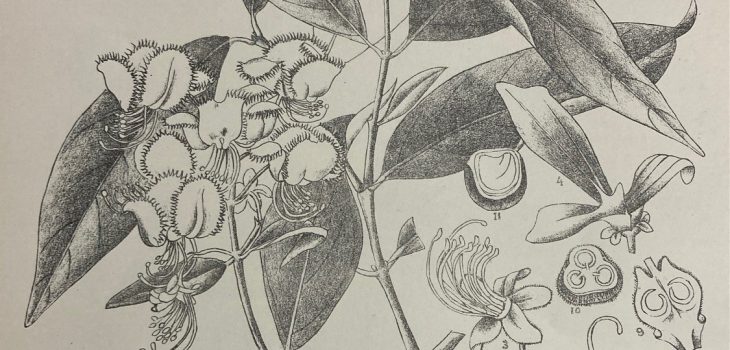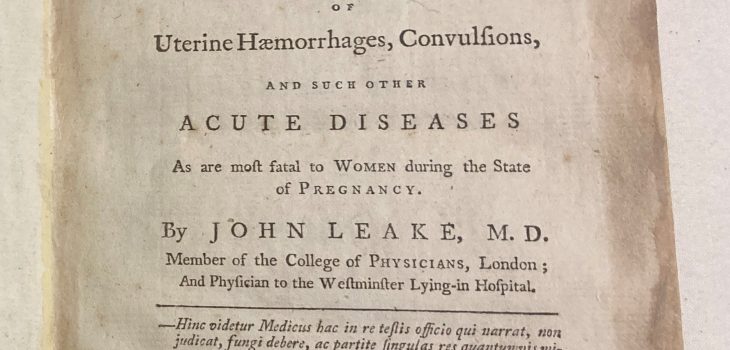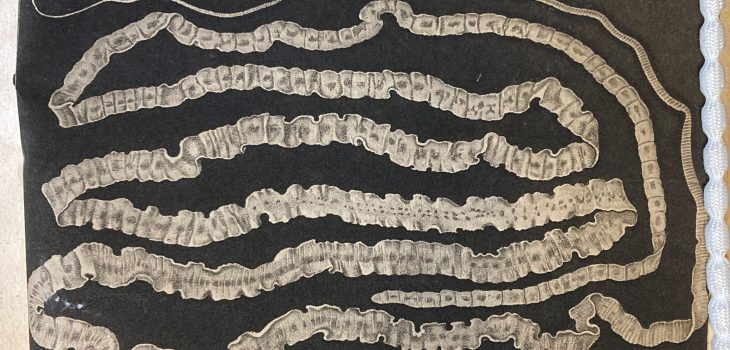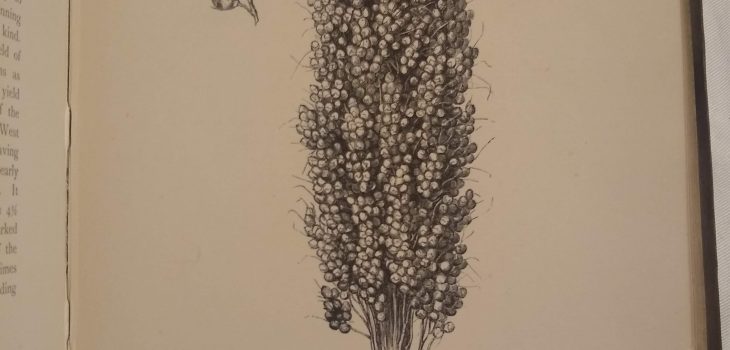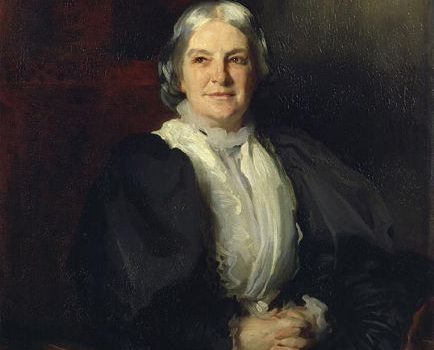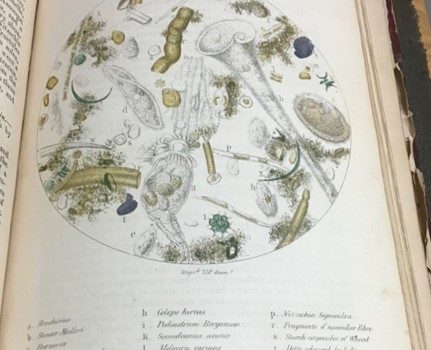‘She sells seashells on the sea shore’
This nineteenth century tongue twister was inspired by the popularity of seaside holidays, as shown in these engravings:
Seaside scene
Seaside activities
Sea bathing had long been extolled for its health-giving benefits, but it was really only accessible to the upper classes…
